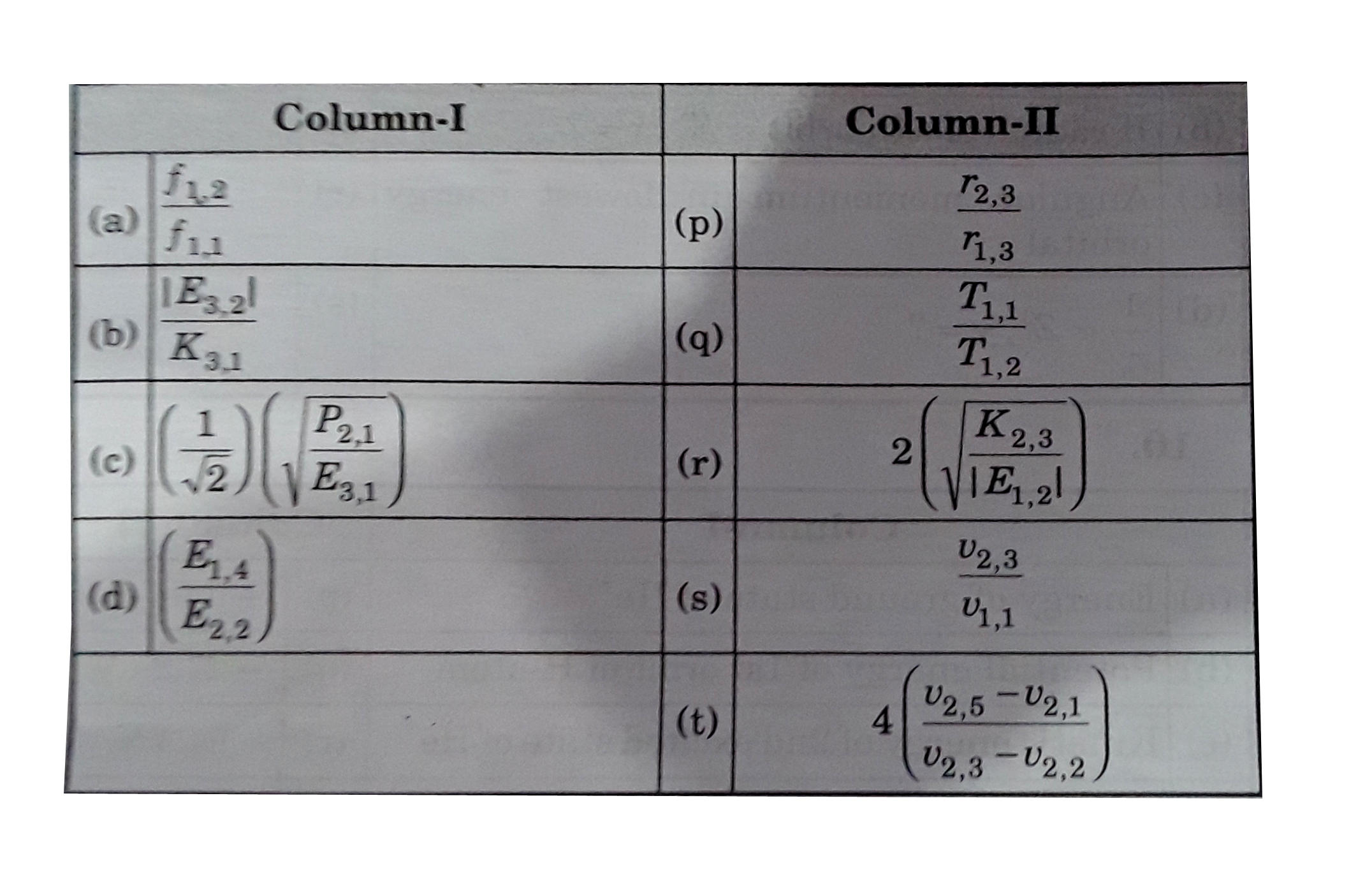As the orbit number increase , the distance between two consecutive orbits in an atom or ion having single electron:
increases
decreases
remain the same
first increases and then become constant
The correct Answer is:A
Step by step video, text & image solution for As the orbit number increase , the distance between two consecutive orbits in an atom or ion having single electron: by Physics experts to help you in doubts & scoring excellent marks in Class 12 exams.
Updated on:21/07/2023Topper's Solved these Questions
- ATOMIC PHYSICSBOOK - NARAYNACHAPTER - ATOMIC PHYSICSEXERCISE - LEVEL-I (C.W)
23 Videos
- ATOMIC PHYSICSBOOK - NARAYNACHAPTER - ATOMIC PHYSICSEXERCISE - LEVEL-II (C.W)
16 Videos
- ATOMIC PHYSICSBOOK - NARAYNACHAPTER - ATOMIC PHYSICSEXERCISE - LEVEL-II (H.W)
14 Videos
- ALTERNATING CURRENTBOOK - NARAYNACHAPTER - ALTERNATING CURRENTEXERCISE - LEVEL - II(H.W)
13 Videos
- ATOMS BOOK - NARAYNACHAPTER - ATOMS EXERCISE - EXERCISE -4
47 Videos
Similar Questions
What is the distance of separation between second and third orbits of H-atom is given as :
rn=0.529×n2Å
View Solutionrn,z= Radius of nth orbit of a single electron species having atomic number 'z'
un,z= Velocity of electron in nth orbit of a single electron specie having atomic number 'z'
En,z= Magnitude of total energy of electron in nth orbit of a single electron species having atomic number 'z'.
Kn,z= Magnitude of kinetic energy of electron in nth orbit of a single electron species having atomic number 'z'
Pn,z= Magnitude of potential energy of electron in nth orbit of a single electron species having atomic number 'z'
fn,z= Frequency of electron in nth orbit of a single electron species having atomic number 'z'.
Tn,z= Time period of electron in nth orbit of a single electron species having atomic number 'z'

View Solution
Knowledge Check
As the orbit number increase , the distance between two consecutive orbits in an atom or ion having single electron:
AincreasesBdecreasesCremains the sameDfirst increase and then becomes contantThe distance between 3rd and 2nd orbit of hydrogen atom is
A2.646×10−8cmB2.116×108cmC1.058×10−8cmD0.529×10−8cmAs the n (number of orbit) increases, the difference of energy between the consecutive energy levels
ARemains the sameBIncreasesCDecreasesDSometimes increases and sometimes decrease
The distance between 3rd and 2nd bohr orbits of hydrogen atom:
View SolutionAs the p - charcter increases the bond angle in in hydrid orbital formed by a and atomic orbitals
View SolutionThe velocity of an electron in single electron atom in an orbit
View SolutionMolecular orbital theory as developed by Hund and Mulliken concerns with the formation of molecular orbitals formed by linear combination of atomic orbitals. The electrons are present in these molecular orbitals. The molecular orbitals are filled. The molecular orbital configuration helps us to calculate bond order which gives information about the number of bonds present between atoms. The bond order is related to bond length and bond strength.
Which one of the following does not have single electron in a bonding molecular orbital?
View SolutionOrbital is the region in an atom where the probability of finding the electron around the nucleus. Orbitals do not specify a definite path according to the uncertainty principle. An orbital is described with the help of wave function Φ. Whenever an electron is described by a wave function, we say that an electron occupies that orbital. Since, many wave functions are possible for an electron, there are many atomic orbitals in an atom. Orbitals have different shapes, except s-orbitals, all other orbitals hae different shapes, except s-orbitals, all other orbital have different shapes, except s-orbitals, all other orbitals have directional character. Number of spherical nodes in an orbital is equal to (n−l−1). Orbital angular momentum of an electron is √l(l+1)h.
Q. When an atom is placed in a magnetic field, the possible number of orientations for an orbital of azimuthal quantum number 3 is:
View Solution